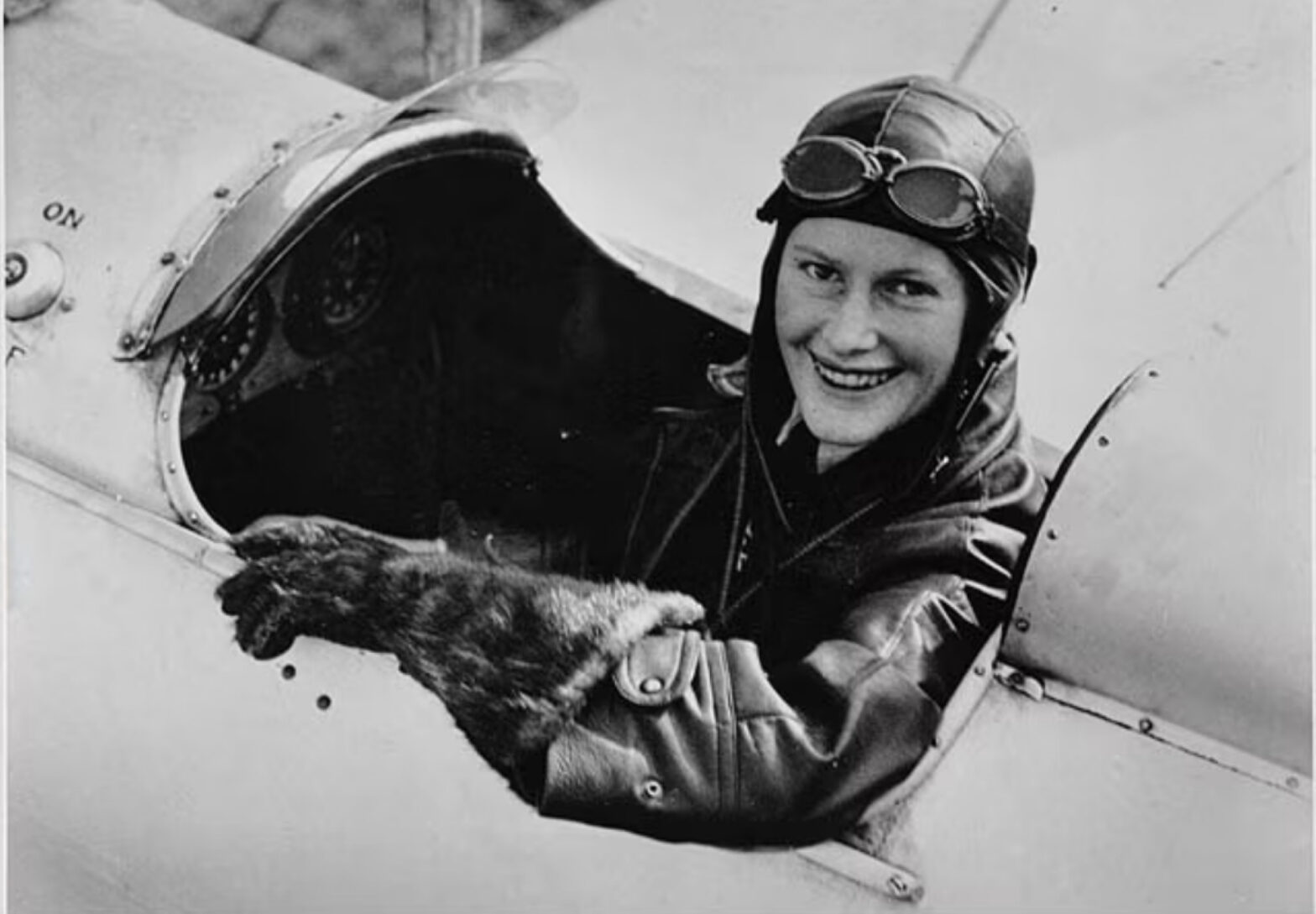In the early 1900s, at a time when women were given limited opportunities, one young Australian was determined to succeed in pursuing her dreams, no matter the status quo. Her name was Nancy Bird – and her dream was to fly.
Free as a bird
Nancy Bird (Nancy-Bird Walton after marriage) was born in New South Wales, Australia, on October 16, 1915. Almost as soon as she started walking, Bird wanted to fly. This aspiration stayed with her through her teenage years during the Depression in Australia, when she was forced to leave school at 13 to help her family.
At the age of 18, she decided to make a move on her ambitions: Bird enrolled in a flying school near Sydney run by Sir Charles Kingsford Smith, the first man to fly across the mid-Pacific. If the name sounds familiar to you, that’s because Sydney Airport is named after Kingsford Smith.
While Bird was not the first female pilot of her time, she was the first Australian woman who planned to make a career out of flying. So, one year after she started learning how to fly, Bird obtained her commercial pilot’s license – the youngest woman in Australia (and the whole of the British Empire) to do so.
The Angel of the Outback
Soon after gaining her license, Bird purchased her first aircraft, a de Havilland Gipsy Moth, using a bequest left by a great aunt and some money loaned from her father. Together with her friend and fellow aviation pioneer, Peggy McKillop, Bird formed a commercial aviation enterprise, touring New South Wales to offer joyrides at country fairs to people who had never seen a female pilot before, let alone an aircraft.
During her tour, Bird met Reverend Stanley Drummond, whom she later helped establish a flying medical service in remote outback regions. Bird flew her Gipsy Moth as an air ambulance before acquiring a larger and better-equipped de Havilland Leopard Moth. Through her humanitarian work, Bird earned the nickname “Angel of the Outback”.
In 1936, Bird won the Ladies’ Trophy in an air race from Adelaide to Brisbane. Then, a couple of years later, the Netherlands’ flag carrier, KLM, invited her to do some promotional work in Europe, where she remained for several years. When World War II broke out, Bird returned to Australia as commandant of an Australian Women’s Air Training Corps, training women in skills required to back up the men flying in the Royal Australian Air Force. In 1950, Bird founded the Australian Women Pilots’ Association (AWPA).
Legacy
In 2008, Australian flag carrier, Qantas, christened its first Airbus A380 (registered VH-OQA) “Nancy-Bird Walton” in honor of the aviation pioneer. Bird flew onboard the ceremonial flight above Sydney in September.
A few months later, on January 13, 2009, Bird passed away at age 93. She impressively held her pilot’s license until three years before her death.
Ten years after her passing, Prime Minister Scott Morrison announced that the new Western Sydney Airport would be named after Bird. Western Sydney International Nancy-Bird Walton Airport will operate 24-hour, curfew-free services to supplement Sydney Kingsford Smith Airport, which has reached capacity due to a legislated curfew. The airport’s first stage of construction is set to be completed in December 2026.
Source: Simply flying











